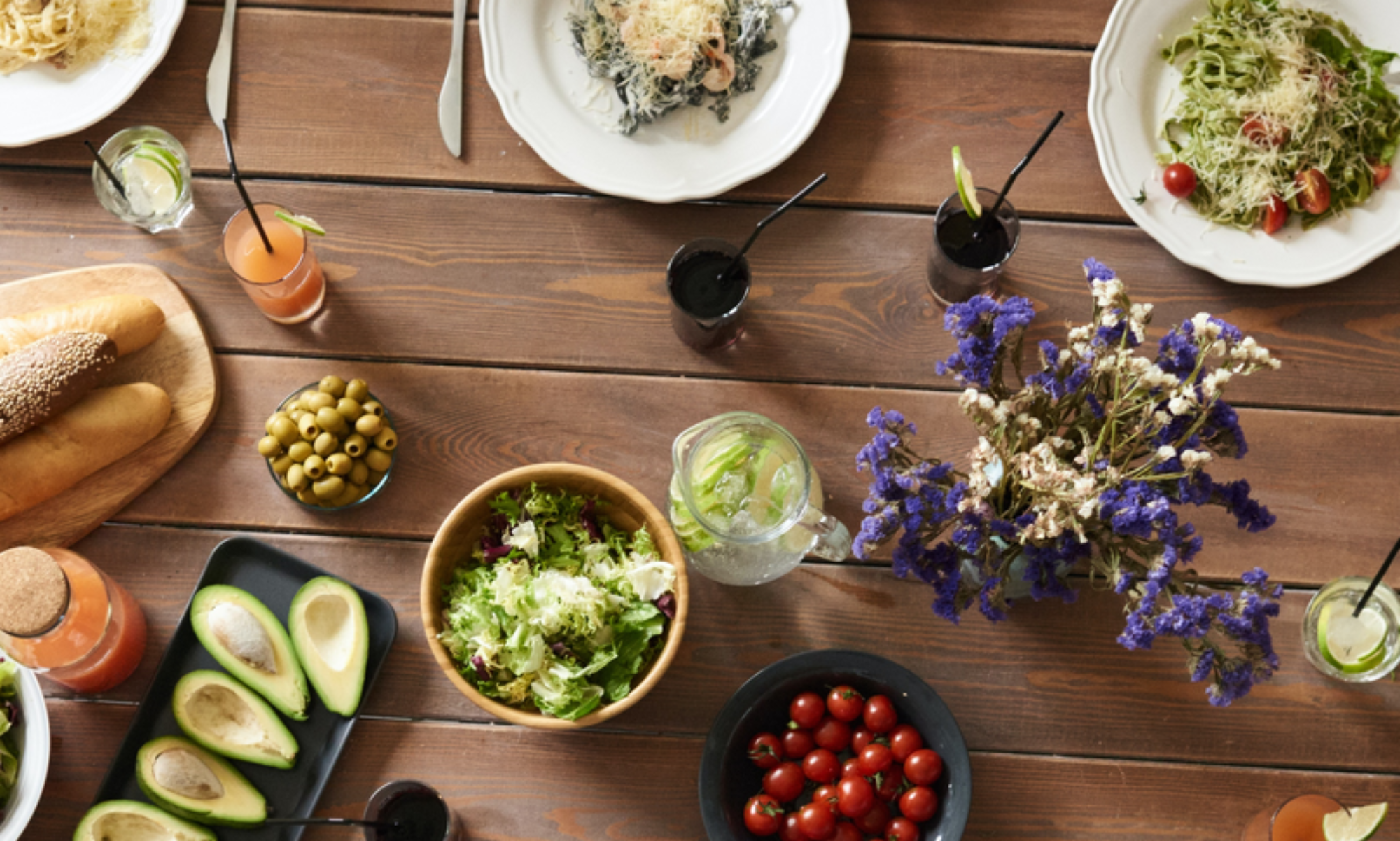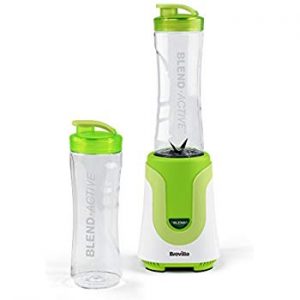The best description of inflammation is that it is a normal response by your body’s immune system to help protect the body against illness and infection.
For example, if you’re stung by a bee that swelling that you see is caused by your body releasing histamine, which then sends in white blood cells to the area and increases blood flow which helps heal the wound and support your immune system.
However, some research suggests that inflammation is at the root of most diseases and may also contribute to chronic conditions like heart disease, diabetes, asthma, bowel disease, lupus, leaky gut and cancer.
Fortunately, there are plenty of natural ways to reduce inflammation and improve your overall health in the process. Here are some of the top Anti-Inflammatory Foods.
First, there are Blueberries boasting a good amount of antioxidants in each serving. They fight free radical formation and prevent oxidative damage to the cells to decrease inflammation.
Leafy Green Vegetables Leafy greens like spinach, kale and Swiss chard are bursting with flavonoids, that have been shown to offer protection against chronic conditions such as dementia, heart disease and even cancer.
Beets get their vibrant colour from betalain, a type of plant pigment that’s responsible for reducing oxidative stress and inflammation.
Salmon. This gorgeous fatty fish is loaded with heart-healthy omega-3 fatty acids, which can help soothe inflammation and optimize your health.
The humble Broccoli is well-known for its whole host of vitamins, minerals and antioxidants that can decrease inflammation.
Then there’s Coconut Oil with its ability to boost brain function and protect against bone loss.
Walnuts which supply a hearty dose of protein, fiber, omega-3 fatty acids and phytonutrients in each serving
And my favourite, Ginger, which is Well-known for its anti-inflammatory properties.
Keep watching for the best anti-inflammatory supplements next time on Tweaklets – where we bring you tiny food tweaks. Remember to Like comment and subscribe!


